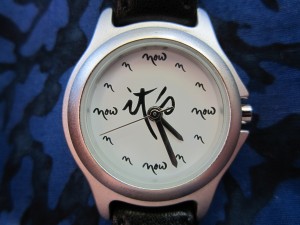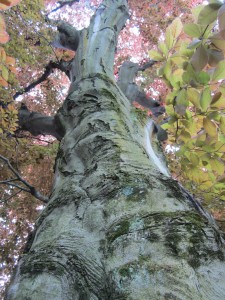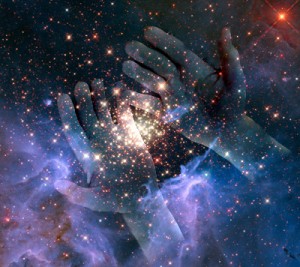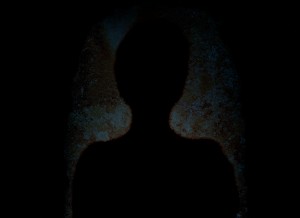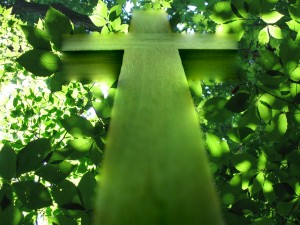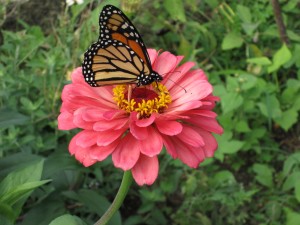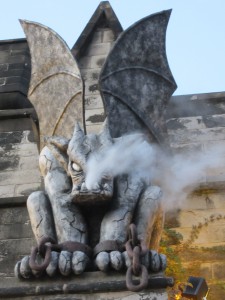
The other evening, just before sunset, I was walking down our street to meet my spouse, Kip, for dinner at a neighborhood restaurant. Coming towards me on the sidewalk was a man dressed in a black and white striped prison uniform cradling a large mallet with both hands. His face was painted white, fake blood dripped from the corners of his mouth.
The first thought that crossed my mind was how bizarre this would seem to someone from another culture who had no context for this scenario. As for us, we’re used to ghosts and ghouls wandering our neighborhood this time of year. We live near a historic prison, now a museum, and every fall as a fundraiser the Friends of Eastern State Penitentiary put on a haunted house inside the prison’s massive stone walls that loom like a fortress in the heart of our neighborhood. They hire actors to play the parts of gruesome prison guards, blood-thirsty convicts, and all manner of haunted and haunting characters.
People flock to Terror Behind the Walls from all over the region, many arriving on the Ghost Bus that shuttles them back and forth from outlying parking areas. As Halloween draws nearer they often stand in line for hours, their anticipation mounting as they get closer and closer to the smoke-breathing gargoyles lurking above the gateway to the prison.Continue Reading
